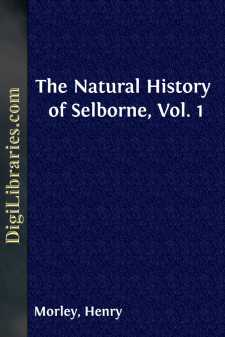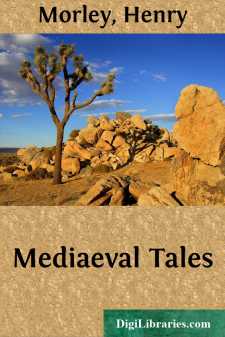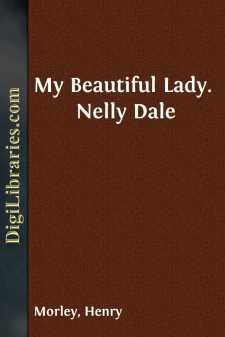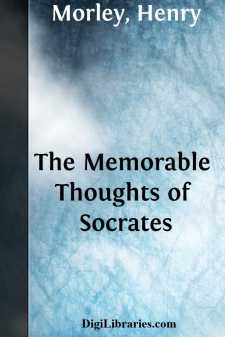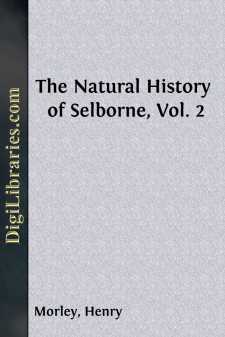Categories
- Antiques & Collectibles 13
- Architecture 36
- Art 48
- Bibles 22
- Biography & Autobiography 813
- Body, Mind & Spirit 142
- Business & Economics 28
- Children's Books 16
- Children's Fiction 13
- Computers 4
- Cooking 94
- Crafts & Hobbies 4
- Drama 346
- Education 46
- Family & Relationships 57
- Fiction 11829
- Games 19
- Gardening 17
- Health & Fitness 34
- History 1377
- House & Home 1
- Humor 147
- Juvenile Fiction 1873
- Juvenile Nonfiction 202
- Language Arts & Disciplines 88
- Law 16
- Literary Collections 686
- Literary Criticism 179
- Mathematics 13
- Medical 41
- Music 40
- Nature 179
- Non-Classifiable 1768
- Performing Arts 7
- Periodicals 1453
- Philosophy 64
- Photography 2
- Poetry 896
- Political Science 203
- Psychology 42
- Reference 154
- Religion 513
- Science 126
- Self-Help 84
- Social Science 81
- Sports & Recreation 34
- Study Aids 3
- Technology & Engineering 59
- Transportation 23
- Travel 463
- True Crime 29
The Battle of the Books and other Short Pieces
by: Henry Morley
Categories:
Description:
Excerpt
Jonathan Swift was born in 1667, on the 30th of November. His father was a Jonathan Swift, sixth of the ten sons of the Rev. Thomas Swift, vicar of Goodrich, near Ross, in Herefordshire, who had married Elizabeth Dryden, niece to the poet Dryden’s grandfather. Jonathan Swift married, at Leicester, Abigail Erick, or Herrick, who was of the family that had given to England Robert Herrick, the poet. As their eldest brother, Godwin, was prospering in Ireland, four other Swifts, Dryden, William, Jonathan, and Adam, all in turn found their way to Dublin. Jonathan was admitted an attorney of the King’s Inns, Dublin, and was appointed by the Benchers to the office of Steward of the King’s Inns, in January, 1666. He died in April, 1667, leaving his widow with an infant daughter, Jane, and an unborn child.
Swift was born in Dublin seven months after his father’s death. His mother after a time returned to her own family, in Leicester, and the child was added to the household of his uncle, Godwin Swift, who, by his four wives, became father to ten sons of his own and four daughters. Godwin Swift sent his nephew to Kilkenny School, where he had William Congreve among his schoolfellows. In April, 1782, Swift was entered at Trinity College as pensioner, together with his cousin Thomas, son of his uncle Thomas. That cousin Thomas afterwards became rector of Puttenham, in Surrey. Jonathan Swift graduated as B.A. at Dublin, in February, 1686, and remained in Trinity College for another three years. He was ready to proceed to M.A. when his uncle Godwin became insane. The troubles of 1689 also caused the closing of the University, and Jonathan Swift went to Leicester, where mother and son took counsel together as to future possibilities of life.
The retired statesman, Sir William Temple, at Moor Park, near Farnham, in Surrey, was in highest esteem with the new King and the leaders of the Revolution. His father, as Master of the Irish Rolls, had been a friend of Godwin Swift’s, and with his wife Swift’s mother could claim cousinship. After some months, therefore, at Leicester, Jonathan Swift, aged twenty-two, went to Moor Park, and entered Sir William Temple’s household, doing service with the expectation of advancement through his influence. The advancement he desired was in the Church. When Swift went to Moor Park he found in its household a child six or seven years old, daughter to Mrs. Johnson, who was trusted servant and companion to Lady Gifford, Sir William Temple’s sister. With this little Esther, aged seven, Swift, aged twenty-two, became a playfellow and helper in her studies. He broke his English for her into what he called their “little language,” that was part of the same playful kindliness, and passed into their after-life. In July, 1692, with Sir William Temple’s help, Jonathan Swift commenced M.A. in Oxford, as of Hart Hall. In 1694, Swift’s ambition having been thwarted by an offer of a clerkship, of £120 a year, in the Irish Rolls, he broke from Sir William Temple, took orders, and obtained, through other influence, in January, 1695, the small prebendary of Kilroot, in the north of Ireland. He was there for about a year. Close by, in Belfast, was an old college friend, named Waring, who had a sister. Swift was captivated by Miss Waring, called her Varina, and would have become engaged to marry her if she had not flinched from engagement with a young clergyman whose income was but a hundred a year.
But Sir William Temple had missed Jonathan Swift from Moor Park. Differences were forgotten, and Swift, at his wish, went back. This was in 1696, when his little pupil, Esther Johnson, was fifteen. Swift said of her, “I knew her from six years old, and had some share in her education, by directing what books she should read, and perpetually instructing her in the principles of honour and virtue, from which she never swerved in any one action or moment of her life. She was sickly from her childhood until about the age of fifteen; but then grew into perfect health, and was then looked upon as one of the most beautiful, graceful, and agreeable young women in London, only a little too fat. Her hair was blacker than a raven, and every feature of her face in perfection.” This was the Stella of Swift’s after-life, the one woman to whom his whole love was given. But side by side with the slow growth of his knowledge of all she was for him, was the slow growth of his conviction that attacks of giddiness and deafness, which first came when he was twenty, and recurred at times throughout his life, were signs to be associated with that which he regarded as the curse upon his life. His end would be like his uncle Godwin’s. It was a curse transmissible to children, but if he desired to keep the influence his genius gave him, he could not tell the world why he refused to marry. Only to Stella, who remained unmarried for his sake, and gave her life to him, could all be known....







